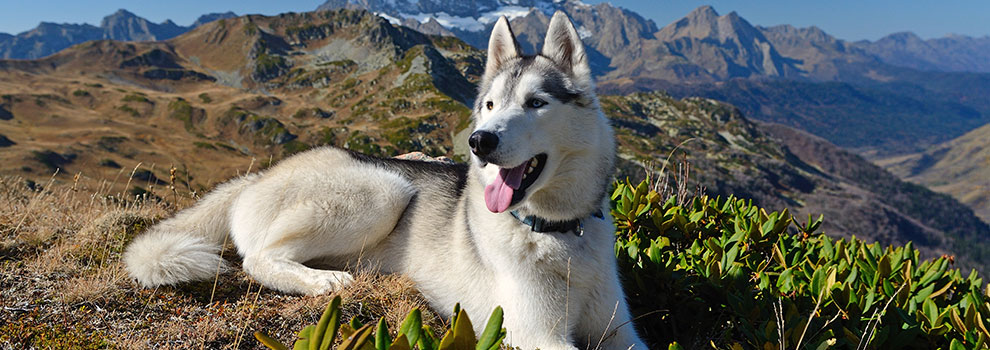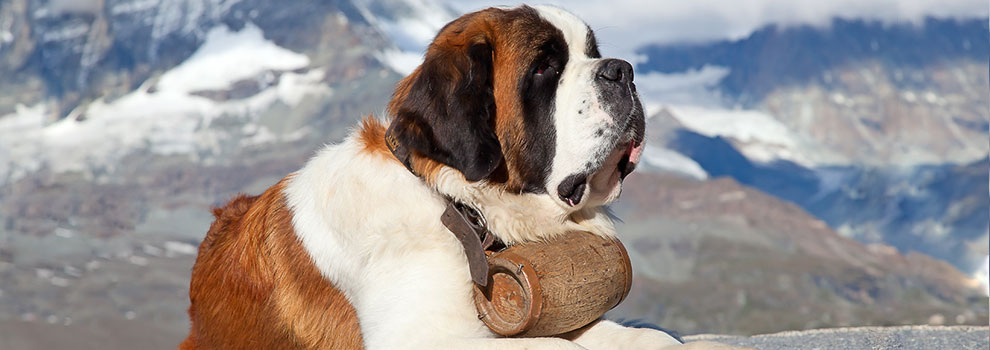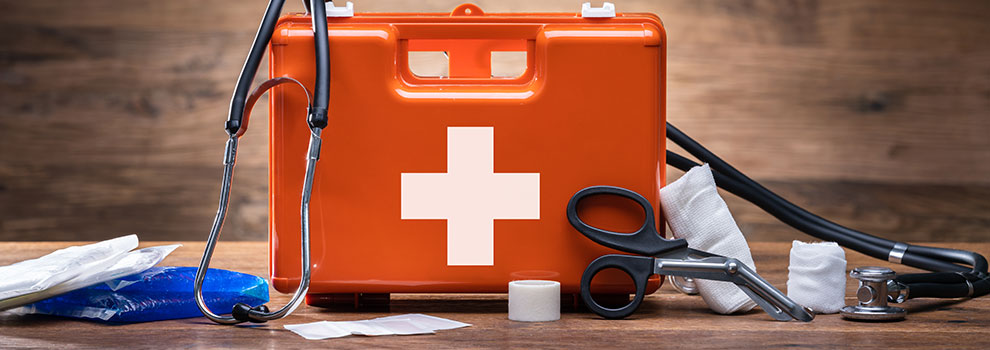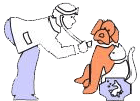Taking your dog into the outdoors is good for both of you. It allows you to enjoy the fresh air, get exercise and bond with your pooch. As with any activity, there are things to consider when taking your dog outdoors.
Prepare Before You Go

Gradually prepare your dog for hiking. Start with shorter walks and build up the distance, this can be said for any physical activity for your pet. Also, consider the terrain. If your dog is only used to walking around the neighborhood vary the terrain before hiking. Dogs’ pads and paws can be torn or abraded while hiking if they are not conditioned to rocky areas.
Know the area before you go. There are many trails that require your pet to still be on a leash. It is for the safety of your pet as well as other hikers. Even if it is a trail your dog can be off leash make sure you are in control. It is considerate to have your dog on a leash while passing other hikers, but there may be other hazards along the way. Wild animals like snakes, rabbits, and chipmunks may be tempting for your dog to investigate or chase.
Some dog breeds are just not designed for hot weather or physical activity. Any brachycephalic dog, those with short muzzles; like pugs, boxers, and many types of bulldogs, are not good in extreme conditions. They do tend to overheat easily. Their coat should also be taken into consideration. Double coated arctic breeds like huskies and malamutes should not be taken out in extreme heat. Short haired dogs, especially those that are white or light-colored, may need sunblock because they can get sunburnt.
Equipment

Doggie backpacks can be purchased so your dog can help carry their own food and water. The fit is important here, make sure that the pack does not flop side to side or slide back. Be sure to balance the weight in the back evenly. Putting things into smaller containers, like multiple water bottles or plastic baggies is a good way to even things out. As a rule, your dog should not carry more than 25% of their body weight.
Booties may be an option for your dog. Rubber soles will help protect your dog’s feet on rocky surfaces. If your dog is not used to wearing booties or a backpack they should be introduced to them gradually. Short periods of wearing either item will get your dog used to them.
Don’t forget food and water. Dogs burn a lot of calories while hiking, there are higher calorie bars that can be purchased but it might be a good idea to bring their own food and DIY treats in order to not cause an upset stomach on your hike. Depending on how rigorous the hike is the dog may need about 50% more food than they normally consume. A higher temperature requires more water. A dog can experience heat stroke just like people. Make sure you have sufficient water for you and your pet. You may have to carry some for them. Water weighs about 8 pounds a gallon, this weight may be too much for your pet.
Towels can also be useful to clean out muddy and dirty paws. If you do not elect to do booties it is important to keep your dog’s feet clean and in good shape. Towels can also be used for drying your dog off after a dip in the river as well.
Keep your dog visible. Reflective collars and LED lights are a good idea to keep your dog visible to you and other hikers. Depending on what your dog looks like it will also help distinguish them from a wild animal.
First Aid

It is important to prepare for the worst. A pet first aid kit is important. But a kit is useless if you don’t know basic first aid skills. Taking a first aid class and reading reference materials can help you be prepared. Certain things that should be added to a regular first aid kit include a muzzle and self-adherent wrap. Heat stroke, broken nails, allergy symptoms, and foot lacerations are commonly seen in hiking with your dog.
Some common items to pack are:
- Gauze
- Self-adherent bandages
- Digital thermometer
- Pet first aid book
- Emergency veterinary clinic phone number
- Latex gloves
- Scissors and nail clippers
- Alcohol and cotton balls
- Tweezers
- Instant ice pack
 All About Pets
All About Pets 

